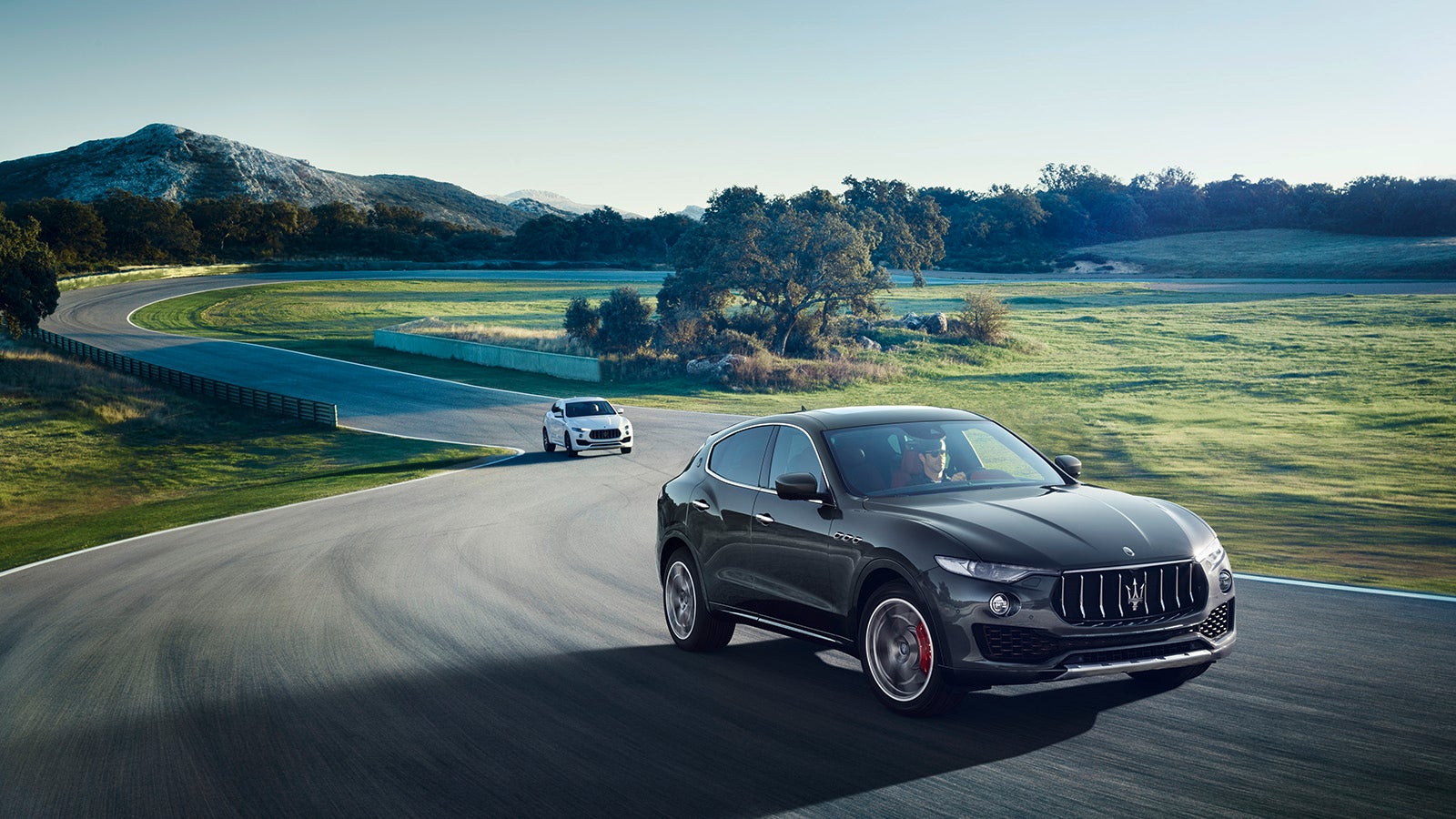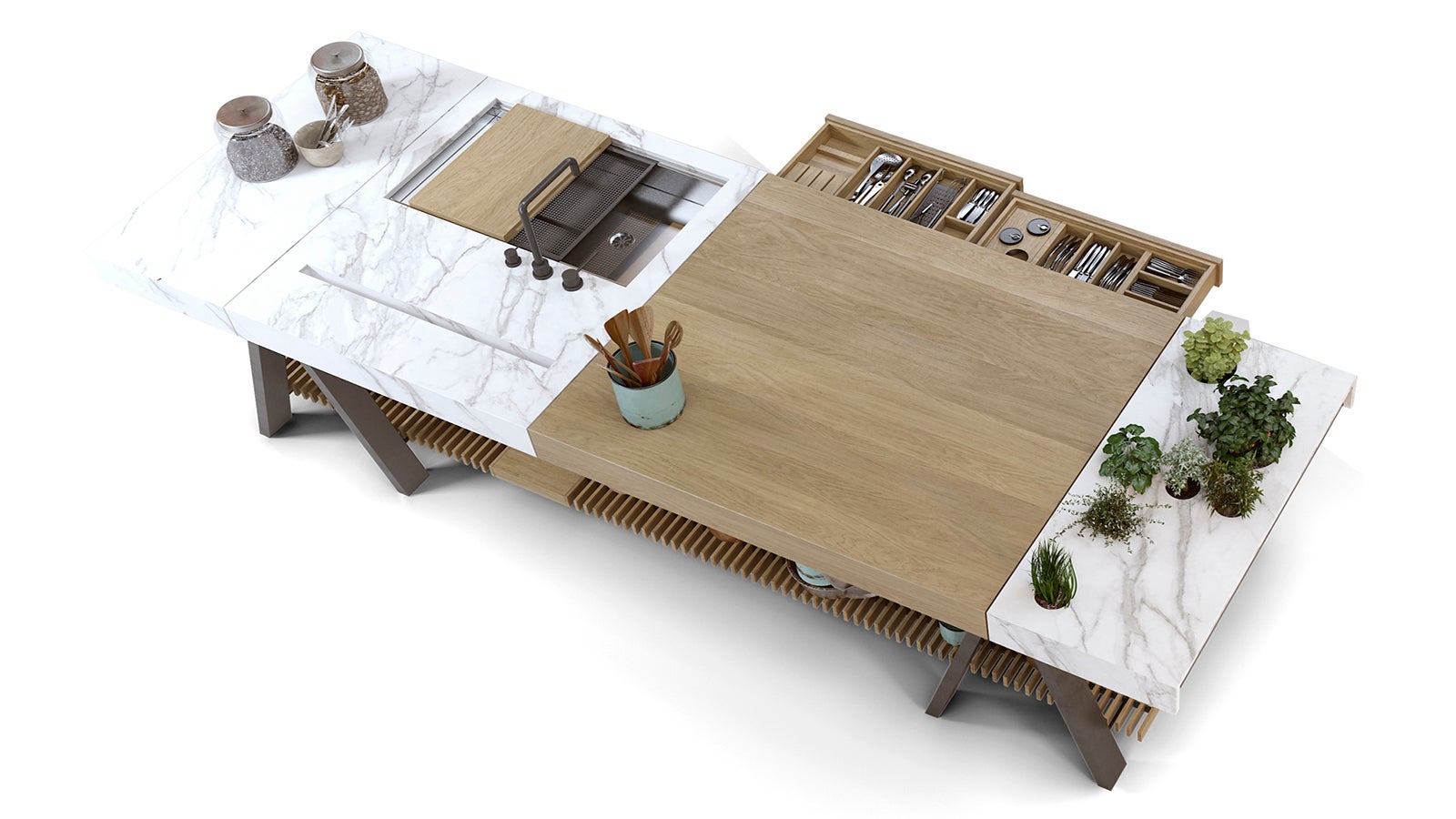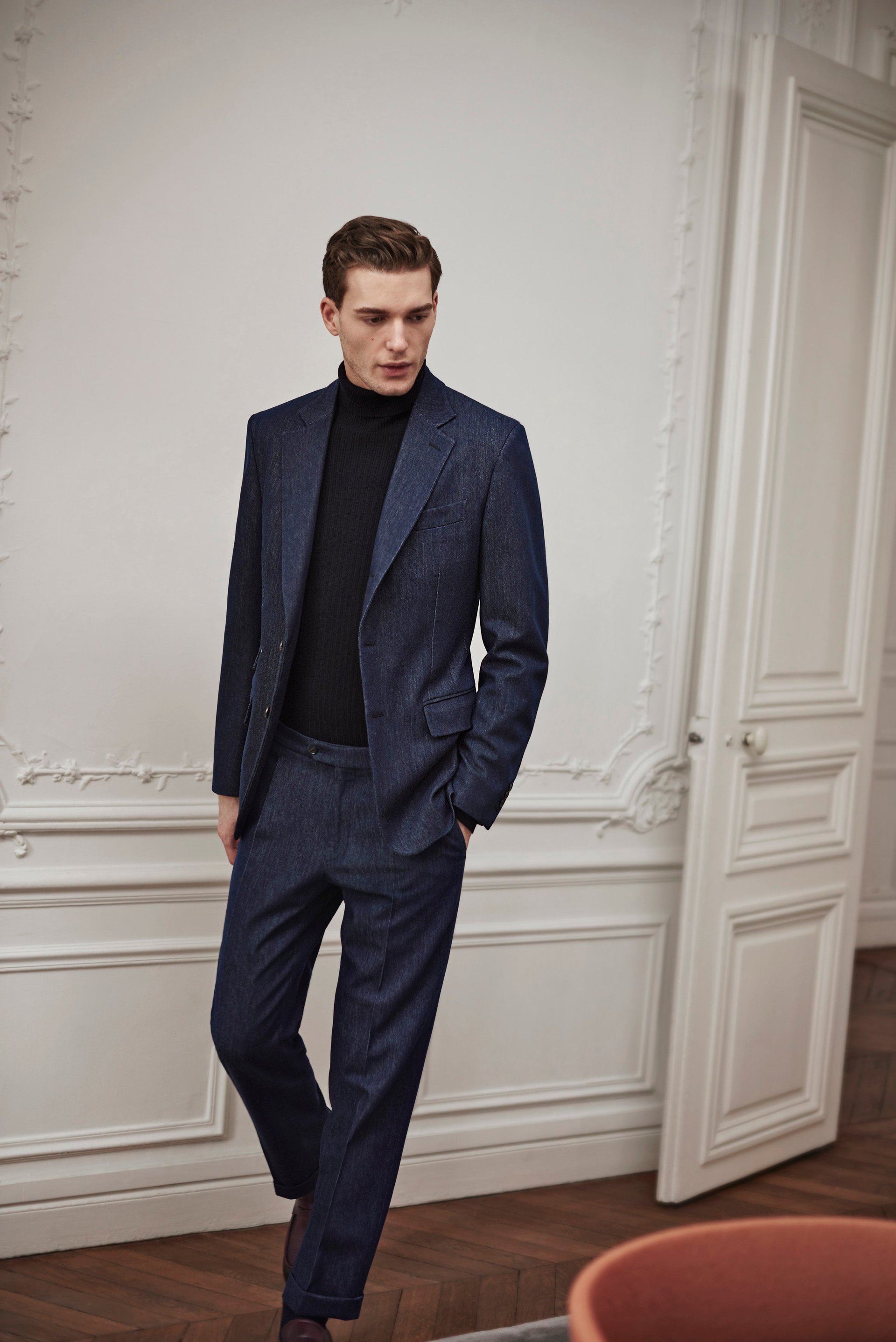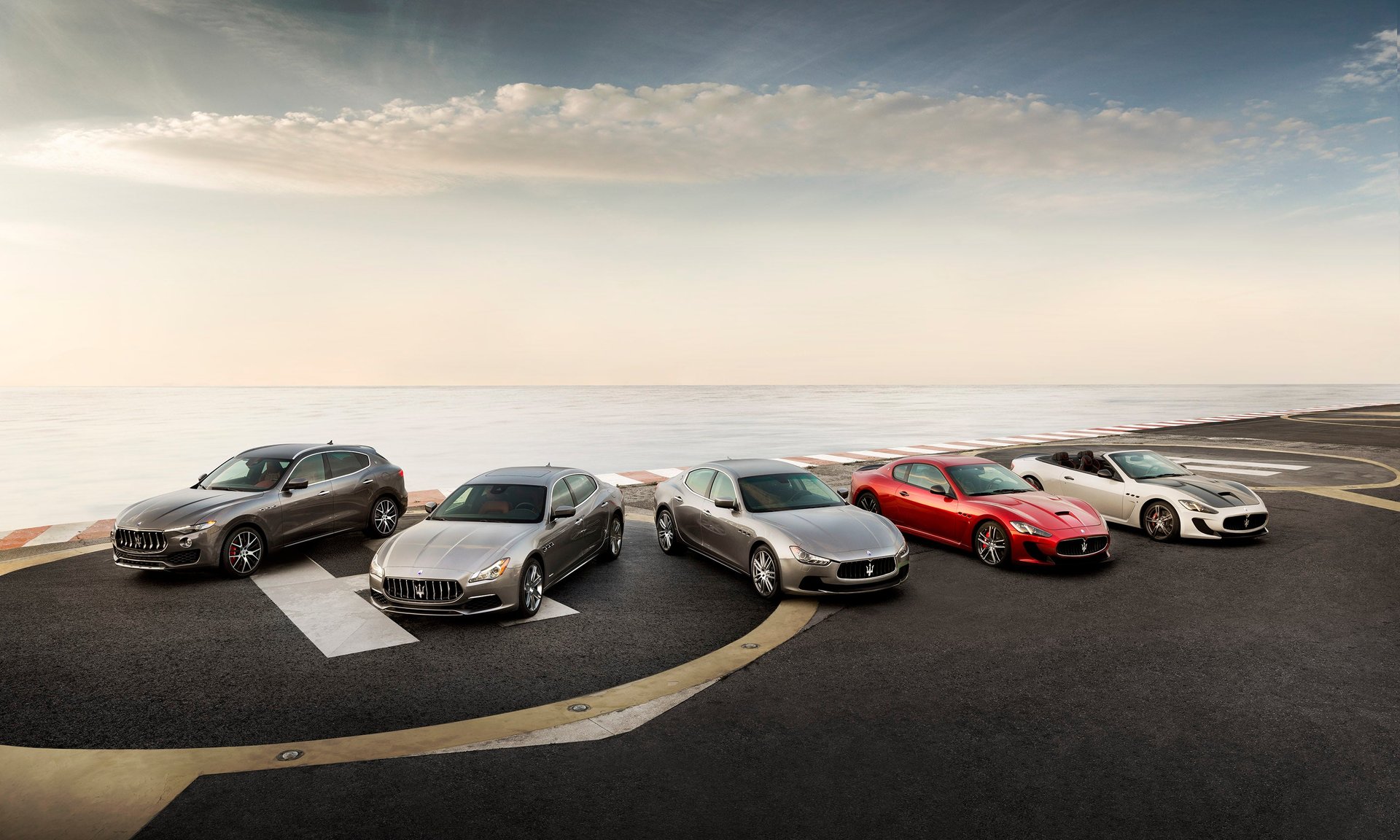How one Maserati designer is navigating the transition from sports car to SUV
For any designer, one of the biggest challenges is merging the high standards of form while incorporating the necessities of function into a given product. This process can mean multiple trips back to the drawing board, despite pressing deadlines and mounting consumer demand—and it can be seen across industries and cultures.


For any designer, one of the biggest challenges is merging the high standards of form while incorporating the necessities of function into a given product. This process can mean multiple trips back to the drawing board, despite pressing deadlines and mounting consumer demand—and it can be seen across industries and cultures.
2015 Platinum A’ Design Award Winner LA AGENCIA (a Montevideo-based design agency), wanted to create the Banco table to revolutionize the ritual of cooking. After multiple iterations they landed on the precise design that would ensure every inch of the table serves a specific purpose. It combines contemporary production systems with handcrafted processes to seamlessly merge the form of classic furniture with a deliberate technical function.


In Italy, where fashion plays a dominant role influencing culture and society, Ermenegildo Zegna, the largest luxury menswear brand in the world, has taken their expertise in fabric innovation to the next level. Similar to the challenge LA AGENCIA faced to revolutionize a traditional household item, Zegna has retained the authenticity of the brand while modernizing the classic suit. With the introduction of Zegna fabrics made specifically for today’s more casual lifestyle, Zegna fuses traditional standards in excellence with sportswear. Fabrics such as Trofeo Wool Denim epitomize the fusion of quality craftsmanship and modern appeal. The result is a pure merino wool denim fabric woven exclusively in the Zegna Lanificio and tailored into the finest suit.
For the premium sector of the automotive industry, striking the right balance of form and function is perhaps the most difficult. Maserati, the Italian luxury and performance car manufacturer, noticed a growing trend among luxury consumers: they wanted a vehicle with greater capabilities and versatility that still provided the exhilaration of driving a sports car. Facing much the same challenge as LA AGENCIA and Ermenegildo Zegna, Maserati had to figure out how they would stay true to classic elements and their heritage, while continuing to push the brand forward and meet the demands of today’s evolving luxury consumer. All without compromising quality or sacrificing performance.

Drawing inspiration from both natural forces and previous models, the designers for Maserati produced what would ultimately become the 2017 Levante. “Levante” was inspired by the warm Mediterranean wind that can shift from a gentle breeze to a tempest in seconds flat. After years of developing a new way of constructing a vehicle’s chassis for its highly successful Ghibli and Quattroporte sedans, the designers ultimately combined this new technology while respecting the legacy of Italian design best exemplified in the Gran Turismo shapes of the Italian automobiles of the 1960s. The technological advancements made during the development of the Ghibli opened the door for the creation of Maserati’s first SUV.

“It’s the Maserati of SUVs,” says chief exterior designer Giovanni Ribotta. “The sportiness can play with elegance. It’s brave and ambitious yet sophisticated and refined.” Ribotta explains that the guiding principle of the design was in fact finding the right balance of form and function needed to produce the 2017 Maserati Levante. “Our design is always related to the engineering rather than a decorative approach.” The Levante successfully retains the lineage of Maserati design (racecars and all): a lithe form built for speed.
The name itself represents the fact that a dichotomy can peacefully coexist between two seemingly opposing forces—while still producing a beautiful product. And while the final product of the Levante may have taken longer to come to fruition, it symbolizes the rigorous lack of compromise ideal in the design process.
Explore the all-new 2017 Maserati Levante.
This article was produced on behalf of Maserati by Quartz creative services and not by the Quartz editorial staff.